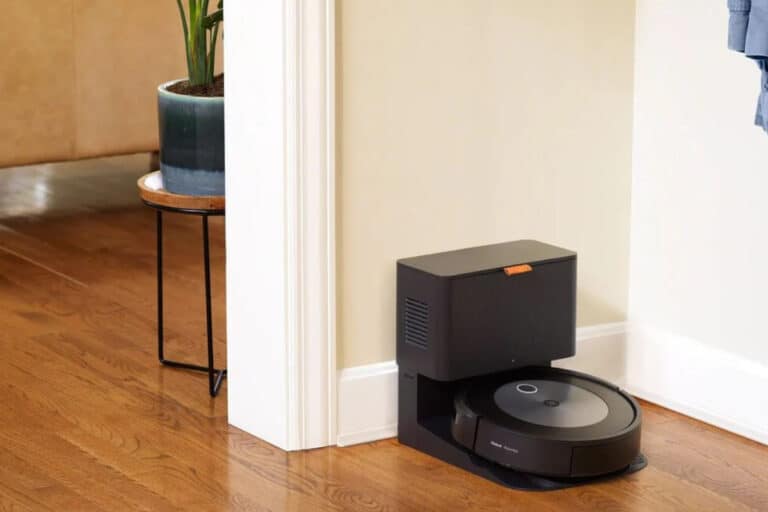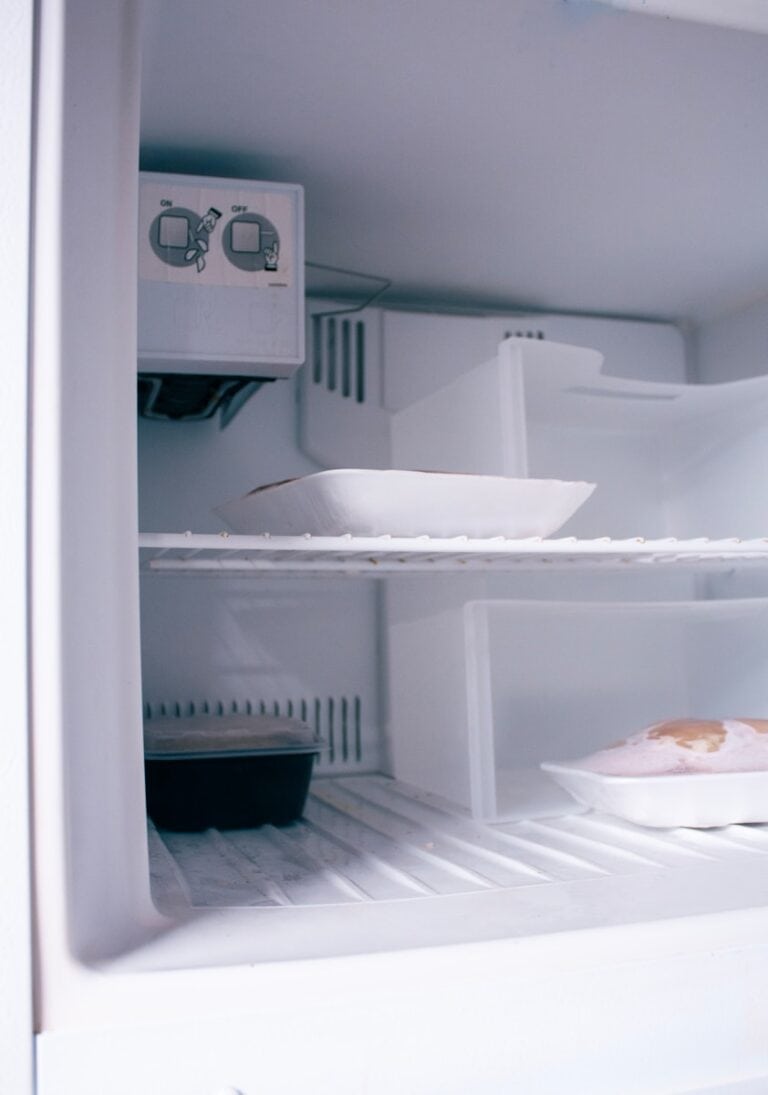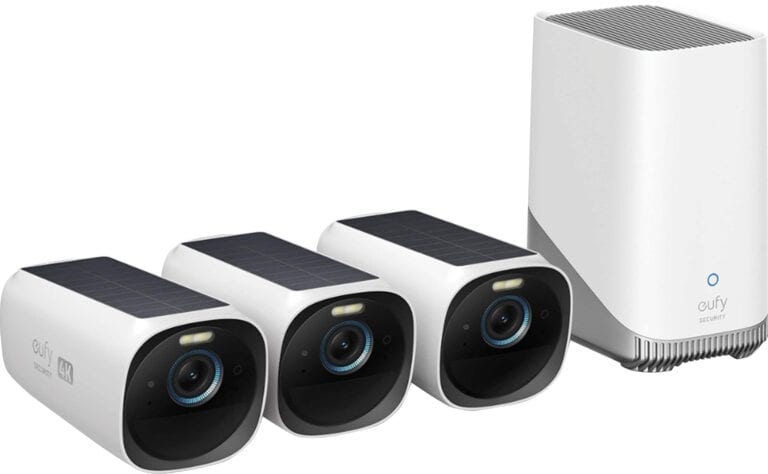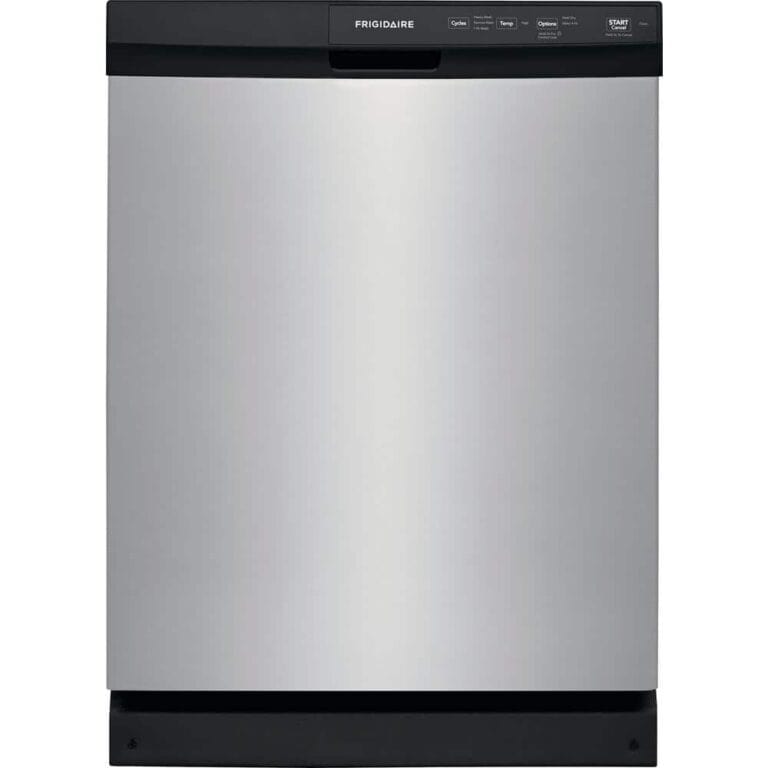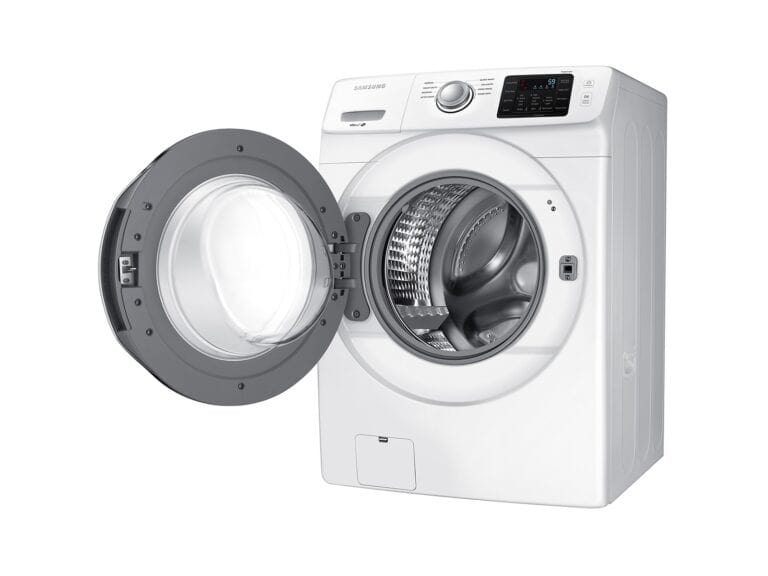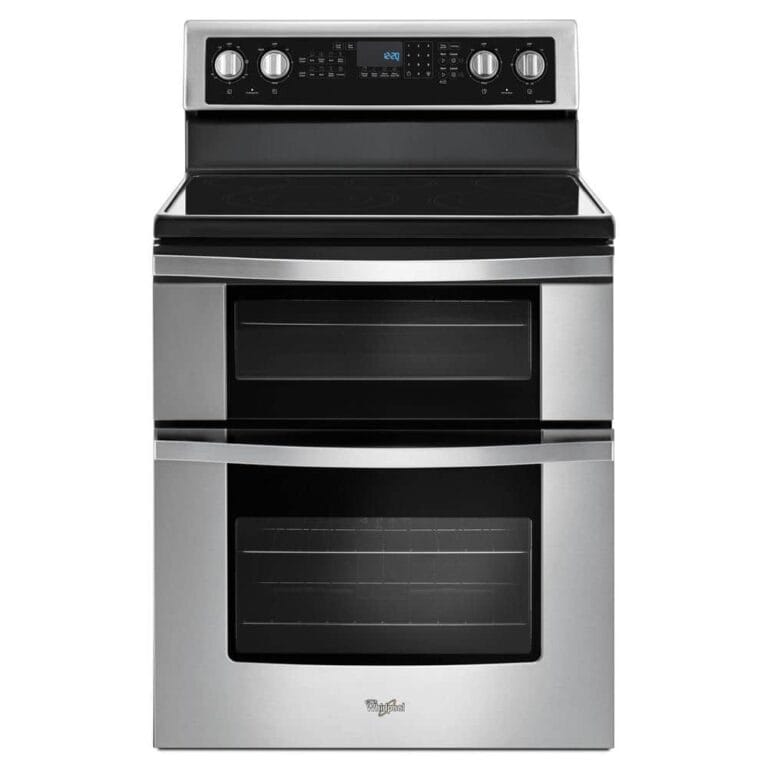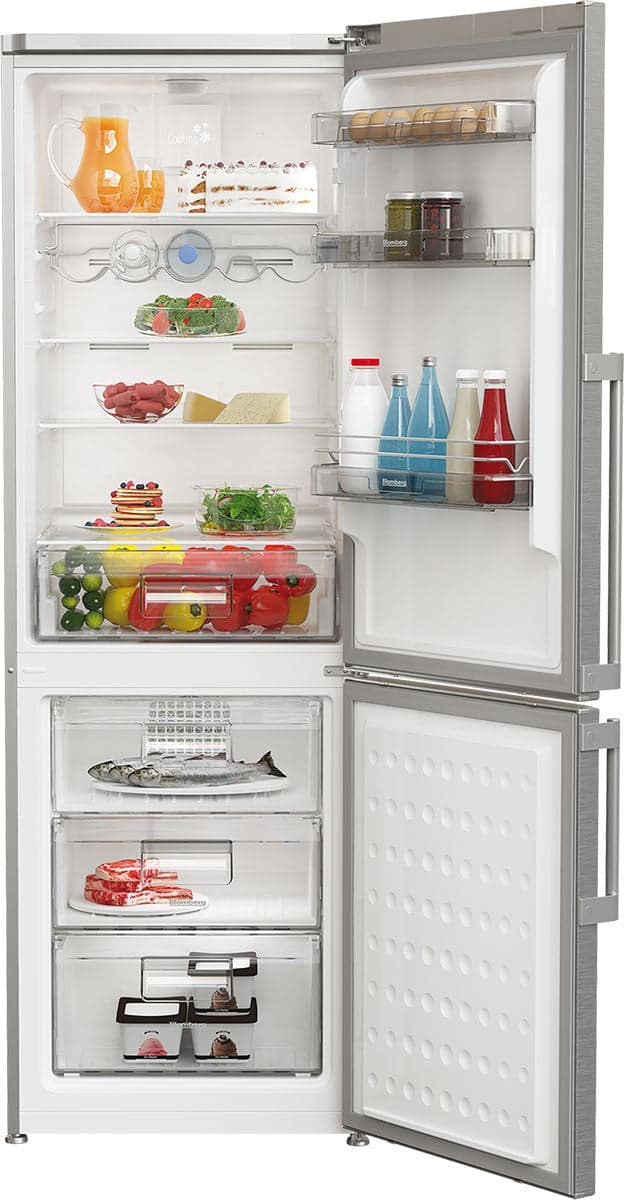
Blomberg refrigerator error codes can be frustrating for owners. These codes indicate specific issues with the appliance, ranging from minor problems to more serious malfunctions. Understanding these error codes and how to address them can save time, money, and prevent food spoilage.
Common Blomberg refrigerator error codes include E4, E8, and E9. E4 typically relates to a defrost heater fault in the freezer, while E8 and E9 may indicate temperature control issues or problems with the door seal. Quick fixes for some errors involve checking door seals, adjusting temperature settings, or cleaning components.
Energy efficiency remains a key concern for Blomberg refrigerators. Proper maintenance and prompt attention to error codes can help maintain the appliance’s efficiency. Regular cleaning of door seals and proper temperature settings contribute to optimal performance and energy conservation.
Troubleshooting Your Blomberg Refrigerator: Understanding Error Codes
Blomberg refrigerators are known for their reliability, but occasionally, you might encounter an error code on the display. These codes indicate a potential issue that needs attention. Here’s a breakdown of some common Blomberg refrigerator error codes and how to address them:
E1: Refrigerator Temperature Sensor Error
- Problem: The sensor that monitors the refrigerator’s temperature is malfunctioning.
- Possible Causes: Faulty sensor, wiring issue, control board problem.
- Troubleshooting:
- Unplug the refrigerator for a few minutes and plug it back in to reset the control board.
- Check the wiring connections to the sensor.
- If the problem persists, the sensor may need replacement. Contact a qualified technician.
E2: Freezer Temperature Sensor Error
- Problem: Similar to E1, but this indicates an issue with the freezer temperature sensor.
- Possible Causes: Faulty sensor, wiring issue, control board problem.
- Troubleshooting: Follow the same steps as for E1.
E3: Defrost Sensor Error
- Problem: The sensor that monitors the defrost cycle is not working correctly.
- Possible Causes: Faulty sensor, defrost heater issue, control board problem.
- Troubleshooting:
- Check for ice buildup in the freezer, which could be hindering the sensor.
- Contact a technician to diagnose the defrost system and sensor.
E4: Communication Error
- Problem: There’s a communication problem between the control board and other components.
- Possible Causes: Wiring issue, faulty control board.
- Troubleshooting:
- Unplug the refrigerator and plug it back in.
- Check wiring connections.
- If the error persists, contact a technician.
E5: Door Ajar Error
- Problem: The refrigerator door is not closing properly or is being left open for an extended period.
- Possible Causes: Obstruction preventing the door from closing, faulty door seal, door switch issue.
- Troubleshooting:
- Ensure there are no items blocking the door.
- Check the door seal for damage or debris.
- If the door switch is faulty, it may need replacement.
F1/F2/F3: Fan Motor Errors
- Problem: These codes indicate issues with various fan motors within the refrigerator (e.g., evaporator fan, condenser fan).
- Possible Causes: Faulty fan motor, obstruction, wiring problem.
- Troubleshooting:
- Check for any obstructions blocking the fan blades.
- Contact a technician to diagnose the fan motor and related components.
Additional Tips
- Record the exact error code: Note down the specific code displayed.
- Consult the user manual: Your Blomberg refrigerator’s user manual may provide more specific information about the error code.
- Contact Blomberg customer support: If you are unable to resolve the issue, contact Blomberg customer support for assistance.
Prolonging the Life of Your Blomberg Refrigerator
Proper maintenance can help prevent issues and keep your Blomberg refrigerator running efficiently:
- Clean the condenser coils: Dust and debris on the coils can reduce efficiency. Clean them every 6-12 months.
- Check the door seals: Ensure the door seals are clean and airtight to prevent cold air from escaping.
- Don’t overload the refrigerator: Overcrowding can restrict airflow and reduce cooling efficiency.
- Keep the refrigerator level: Ensure the refrigerator is level to prevent uneven cooling and potential problems.
- Schedule professional maintenance: Consider having your refrigerator professionally serviced every few years.
Key Takeaways
- Blomberg refrigerator error codes signal specific issues requiring attention
- Common codes like E4, E8, and E9 often relate to temperature control or component faults
- Proper maintenance helps preserve energy efficiency and prevent recurring errors
Understanding Blomberg Refrigerator Error Codes
Blomberg refrigerators use error codes to alert users about malfunctions or issues. These codes help diagnose problems and guide troubleshooting efforts.
Decoding Error Code Messages
Error codes on Blomberg refrigerators appear as alphanumeric combinations on the display panel. Each code corresponds to a specific issue. Users should consult their refrigerator’s manual to interpret these codes accurately.
Common error codes include:
- E1: Temperature sensor fault
- E2: Defrost sensor fault
- E3: Fan motor fault
- E4: Communication error
To access error codes, users may need to press specific button combinations. The exact method varies by model.
Common Blomberg Error Codes and Solutions
E1 (Temperature Sensor Fault):
- Check sensor connections
- Replace faulty sensor if necessary
E2 (Defrost Sensor Fault):
- Inspect defrost sensor for damage
- Clean or replace sensor
E3 (Fan Motor Fault):
- Clear obstructions around fan
- Test fan motor functionality
- Replace fan motor if needed
E4 (Communication Error):
- Reset refrigerator by unplugging for 5 minutes
- Check wiring connections
- Contact professional service if issue persists
Users can resolve some errors by simple actions like cleaning or resetting. For complex issues, professional repair is recommended.
Maintenance Tips for Preventing Future Issues
Regular maintenance can help prevent many common Blomberg refrigerator problems. Proper care extends the appliance’s lifespan and ensures optimal performance.
Regular Cleaning and Care
Clean the interior of the refrigerator monthly with a mild soap solution. Wipe down shelves, drawers, and walls to remove spills and prevent odors. Clean the door seals with warm, soapy water and dry thoroughly. Check for wear or damage and replace if necessary.
Vacuum the condenser coils twice a year. Unplug the refrigerator and locate the coils, usually at the back or bottom. Use a coil brush or vacuum attachment to remove dust and debris. This improves energy efficiency and prevents overheating.
Clean the ice dispenser chute monthly. Use a mixture of warm water and vinegar to sanitize and remove mineral buildup. Wipe dry with a clean cloth.
Optimizing Temperature Control
Set the refrigerator temperature between 35°F and 38°F (1.7°C to 3.3°C). Keep the freezer at 0°F (-18°C). Use a separate thermometer to verify internal temperatures.
Avoid overloading shelves. Proper air circulation is crucial for maintaining consistent temperatures. Leave space between items and don’t block air vents.
Minimize door openings to maintain stable temperatures. Organize items for quick retrieval. Consider using clear storage containers to easily locate items.
Check door seals regularly. Place a dollar bill between the seal and the frame. If it slides out easily, the seal may need replacement.
Importance of Defrost Cycle Maintenance
Most Blomberg refrigerators have automatic defrost cycles. However, manual defrosting may be necessary if frost buildup exceeds 1/4 inch.
To manually defrost:
- Remove all food items
- Unplug the refrigerator
- Leave doors open
- Use towels to catch melting water
- Clean and dry the interior thoroughly before restarting
Check the defrost drain for clogs. A blocked drain can cause water leakage. Clear it with warm water or a pipe cleaner.
Replace the water filter every six months or as recommended by the manufacturer. This ensures clean water and ice production and prevents system blockages.
Expert Guide on Troubleshooting Blomberg Appliances
Blomberg appliances often require specific troubleshooting steps. This guide covers key diagnostic procedures and when to call a professional for Blomberg refrigerator issues.
Initial Diagnostic Steps
Users should first check the power supply. Ensure the refrigerator is plugged in and the circuit breaker hasn’t tripped. Inspect the cord for damage.
Next, examine the temperature settings. Adjust them if needed and wait 24 hours for stabilization. Clean the condenser coils, located behind or under the unit, to improve efficiency.
Check door seals for proper closure. Clean them with warm, soapy water and dry thoroughly. Replace if damaged.
For error codes, consult the user manual. Common codes include E4, which indicates a defrost heater issue. Unplug the unit and check for ice buildup on the evaporator coils.
When to Seek Professional Assistance
Call a professional if the refrigerator doesn’t cool after basic troubleshooting. Strange noises, water leaks, or persistent error codes also warrant expert help.
Technicians should be contacted for compressor issues, as these require specialized tools and knowledge. Professionals can safely handle refrigerant leaks or recharge the system.
Seek expert help for electronic control board failures. These complex components often need replacement by trained technicians.
For warranty-covered repairs, always use authorized Blomberg service providers to maintain coverage. Keep service records for future reference.
Specific Cases and Solutions
Blomberg refrigerators may encounter various issues that require specific solutions. Understanding how to handle common problems can help maintain optimal performance and extend the appliance’s lifespan.
Handling Freezer Compartment Issues
Freezer compartment problems often stem from temperature fluctuations. If food items aren’t freezing properly, check the temperature setting. The ideal freezer temperature is 0°F (-18°C). Adjust the thermostat if necessary.
Frost buildup can indicate a faulty door seal. Inspect the gasket for damage or debris. Clean it with warm, soapy water and dry thoroughly. Replace if worn or torn.
If the freezer isn’t cold enough, ensure proper air circulation. Avoid overcrowding and leave space between items. Check for blocked vents that may impede airflow.
For persistent issues, examine the defrost system. A malfunctioning defrost timer or heater can cause temperature inconsistencies. These components may require professional replacement.
Resolving Door Open Warnings
Door open warnings are common in Blomberg refrigerators. If the alarm sounds frequently, first check if the door is closing properly. Ensure no items are obstructing the door seal.
Examine the door switch. A faulty switch can trigger false alarms. Test it by pressing it manually. If it doesn’t respond, it may need replacement.
Clean the door sensors with a soft, dry cloth. Dirt or moisture can interfere with their function. Avoid using harsh chemicals that might damage the sensors.
If the problem persists, check the control board. A malfunctioning board can cause erratic door alarms. This typically requires professional diagnosis and repair.
Addressing Compressor Malfunctions
Compressor issues can severely impact refrigerator performance. If the compressor isn’t running, first check the power supply. Ensure the unit is properly plugged in and the circuit breaker hasn’t tripped.
Listen for unusual noises. A humming or clicking sound may indicate a failing start relay or capacitor. These parts are relatively inexpensive and can often be replaced by a technician.
Overheating is another common compressor problem. Clean the condenser coils regularly to prevent this. Dusty coils force the compressor to work harder, leading to premature failure.
For the BRFD2230SS model, compressor issues might be covered under warranty. Check the warranty terms before attempting any repairs. Professional service is often the safest option for compressor-related problems.
Frequently Asked Questions
Blomberg refrigerator error codes provide valuable information about system issues. Understanding these codes can help users troubleshoot problems and determine when professional service is needed.
What do the error codes indicate on a Blomberg refrigerator?
Error codes on Blomberg refrigerators signal specific malfunctions or issues. These codes typically appear on the control panel display. They help users and technicians identify problems quickly.
How can I reset my Blomberg fridge if it displays an error code?
To reset a Blomberg refrigerator, unplug it for 5-10 minutes. Then, plug it back in. This often clears minor errors. If the code persists, consult the user manual or contact customer support.
Where is the control panel located on a Blomberg refrigerator?
The control panel on Blomberg refrigerators is usually inside the fridge compartment. It’s often positioned at the top or side of the interior. Some models may have external displays on the door.
How do I interpret the E4 error code on a Blomberg refrigerator?
The E4 error code typically indicates a problem with the defrost sensor. It may signal a faulty sensor or issues with the defrost system. Check for ice buildup in the freezer compartment.
What should I do if my Blomberg refrigerator shows an E9 error?
An E9 error often relates to communication problems between components. First, try resetting the fridge. If the error persists, it may require professional diagnosis and repair.
How can I troubleshoot an E13 error on my Blomberg fridge?
The E13 error usually points to a malfunction in the main control board. Check power connections and ensure proper voltage. If the issue continues, the control board may need replacement by a qualified technician.

